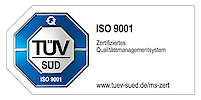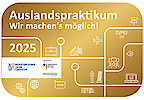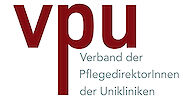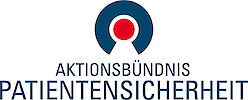Bottom-Up Engineering of Neural Circuits with single cell resolution
This project combines cellular and network neuroscience, neural tissue engineering, microfluidics, lab-on-a-chip technologies, electrophysiology, and optogenetics. The primary goal is to develop functionally robust in vitro models of healthy and pathological brain circuits to facilitate advances in disease modeling, drug discovery, and therapies for neural tissue regeneration and replacement. A major limitation of current in vitro experimental approaches is the uncontrolled and irreproducible network formation. In this project, we develop a novel bottom-up approach to neuroscience. Using a method developed in our lab, we place single neurons on multielectrode arrays and connect them to predefined neuronal circuits at single cell resolution. This allows detailed investigation of neuronal interactions in vitro and can contribute to disease models, a better understanding of specialized circuits such as the retina, and fundamental questions in neuroscience.
Neuronal circuits and functional stem cell-derived organoids systems are also tested under altered gravity to reveal the effects of space and space-associated conditions on the human body. For example, astronauts experience cognitive decline, changes in brain structure, and impaired vision and motor function. To better understand the effects of altered gravity on neurons, we collaborate with the German Aerospace Center (DLR), namely with the Group of Dr. Christian Liemersdorf. Human-induced stem cell-derived neurons are cultured on multielectrode arrays, and their activity is recorded on various altered gravity platforms like the Short-Arm Human Centrifuge in Cologne (DLR), the Drop Tower at ZARM Bremen, sounding rockets, and parabolic flights. Our findings show direct effects of altered gravity on neuronal network activity, and we are working to develop approaches to prevent degeneration caused by altered gravity.
This work is supported by the Volkswagen Foundation (Freigeist – A110720) and the German Federal Ministry for Economic Affairs and Climate Action through the German Space Agency at DLR in the framework of SANSRETINA (grants: 50WB2516).

















